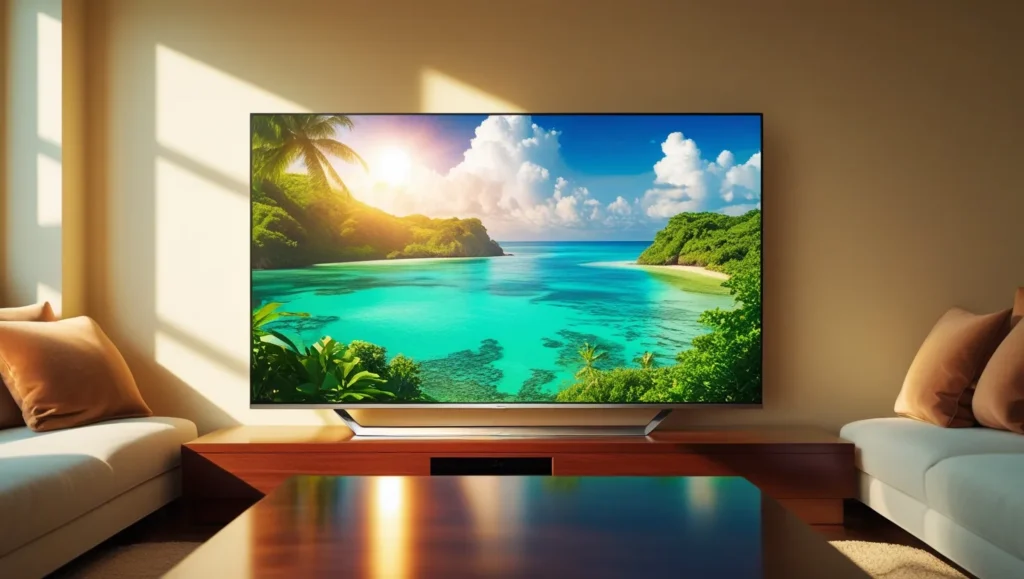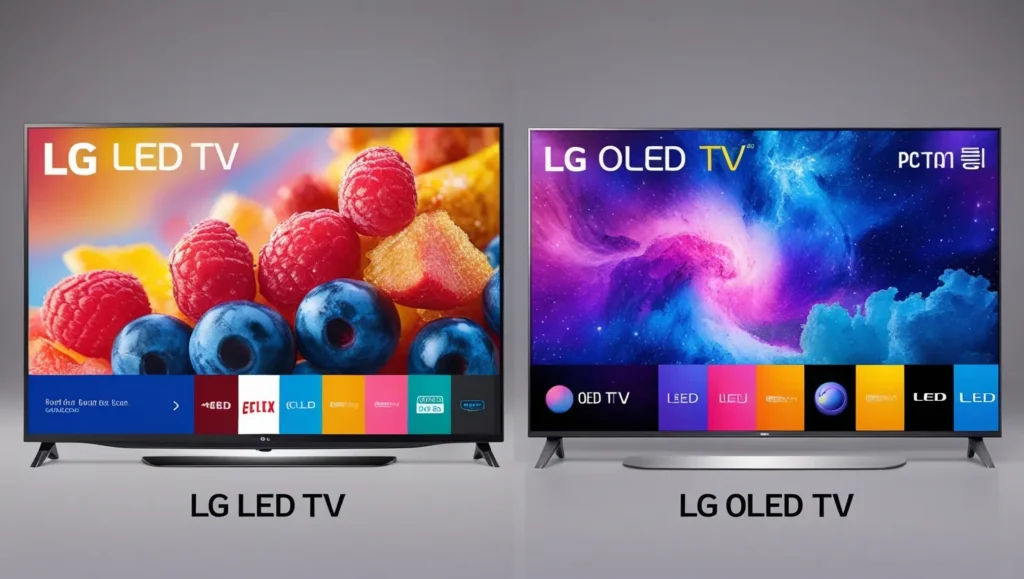LG TVs are a popular choice for their quality and advanced technology. Whether you own an LED or OLED model, you may wonder how long your LG TV will last. This guide explores the lifespan of LG TVs, factors that affect their durability, and practical tips to extend their life. We also cover signs that it’s time to replace your TV and details on LG’s warranty.
Understanding TV Lifespan
TV lifespan is measured in hours of use, but this translates to years based on daily viewing habits. LG produces two main types of TVs: LED (using LCD panels with LED backlighting) and OLED (using organic light-emitting diodes). Each has a different lifespan due to its technology. While LED TVs rely on backlights, OLED TVs use self-illuminating pixels, which impacts their longevity.

Lifespan of LG LED TVs
LG LED TVs are known for their durability. According to industry sources, LED TVs can last 60,000 to 100,000 hours. For a viewer watching 5 hours daily, this equals about 33-54 years. In real-world use, LG LED TVs typically last 10-15 years before issues like dimming backlights or outdated features prompt replacement. Factors like high brightness settings or heavy daily use can shorten this lifespan.
Key Factors for LED TV Longevity
- Usage: Watching fewer hours daily extends the TV’s life.
- Brightness Settings: High backlight settings wear out the TV faster.
- Environment: Heat and humidity can damage internal components.
Lifespan of LG OLED TVs
LG’s OLED TVs offer superior picture quality but have unique considerations. LG claims their OLED panels can last 100,000 hours before brightness drops to 50%, which is about 30 years for 10 hours of daily use. This makes them highly durable, though brightness may gradually fade. LG has addressed burn-in concerns with features like screen savers, pixel refresh, and logo luminance adjustment, reducing the risk for average users.
Addressing OLED Burn-In
Burn-in occurs when static images, like logos, remain on-screen for too long. LG’s OLED TVs include:
- Screen Saver: Activates after 2 minutes of static content.
- Clear Panel Noise: Resets pixels to prevent retention (found in Picture Settings).
- Screen Shift: Slightly moves the screen to avoid static image wear.
- Logo Luminance Adjustment: Lowers brightness for static logos.
These features make burn-in rare for typical viewing, such as movies or varied content. For more on OLED reliability, visit LG OLED Reliability.

Factors Affecting LG TV Lifespan
Several factors influence how long your LG TV will last:
- Usage Patterns: Watching 10 hours daily wears the TV faster than 5 hours.
- Brightness Settings: High brightness accelerates backlight or pixel wear.
- Environmental Conditions: High temperatures or humidity can harm electronics.
- Power Surges: Sudden voltage spikes can damage internal components.
- Physical Damage: Drops or impacts can cause immediate failure.
Proper care can mitigate these factors and significantly extend your TV’s life.
How to Prolong the Lifespan of Your LG TV
To maximize your LG TV’s lifespan, follow these practical tips:
- Reduce Brightness: Lower backlight (LED) or pixel brightness (OLED) to 75% or less.
- Turn Off When Not in Use: Powering down saves energy and reduces wear.
- Use a Surge Protector: Protects against voltage spikes.
- Ensure Proper Ventilation: Place the TV in a well-ventilated area to prevent overheating.
- Keep It Clean: Dust the TV regularly to avoid buildup in vents.
- Update Firmware: Regular firmware updates fix bugs and improve performance. Learn more about troubleshooting issues like sound problems at Fix LG TV Sound.
Signs That Your LG TV Needs Replacement
Your LG TV may need replacement if you notice these issues:
- Screen Problems: Flickering, dead pixels, faded colors, or horizontal lines.
- Sound Issues: Crackling or no audio, even after troubleshooting.
- Slow Performance: Long startup times or frequent freezing.
- Outdated Ports: Lack of HDMI or USB ports for modern devices.
- Higher Energy Bills: An aging TV may use more power due to a failing power supply.
If these issues persist after troubleshooting, such as resetting your TV, consider upgrading to a new model.
LG TV Warranty and Support
LG offers warranties that vary by region and model. In the US, most LG TVs come with a 1-year parts and labor warranty. Some OLED models, like the Z1, Z2, Z3, G1, G2, and G3, may have a 5-year panel warranty in certain regions, though labor is typically covered for only 12 months. Check your warranty details at LG Support. For issues like a black screen, see Fix LG TV Black Screen.
Conclusion
LG TVs, whether LED or OLED, are built to last. LED models typically last 10-15 years, while OLED models can last over 30 years with proper care, though brightness may decrease over time. By reducing brightness, using surge protectors, and maintaining your TV, you can extend its life significantly. If you notice persistent issues like screen flickering or outdated ports, it may be time to replace your TV. Always check your warranty for support options.
Also check: How Long Do Samsung TVs Last? A Comprehensive Guide

